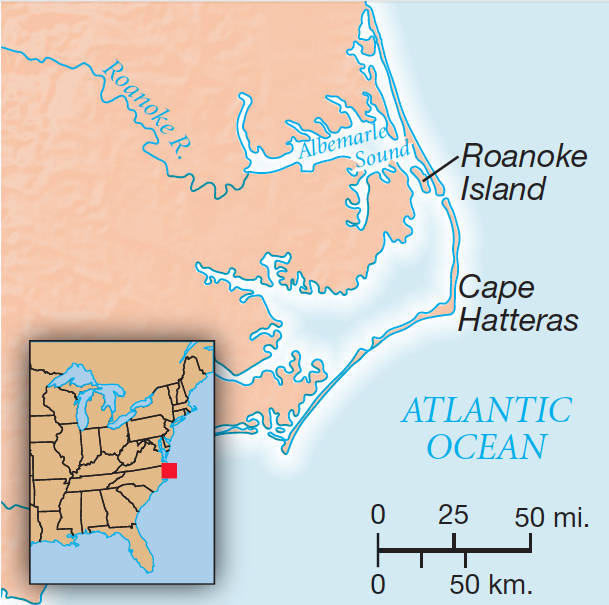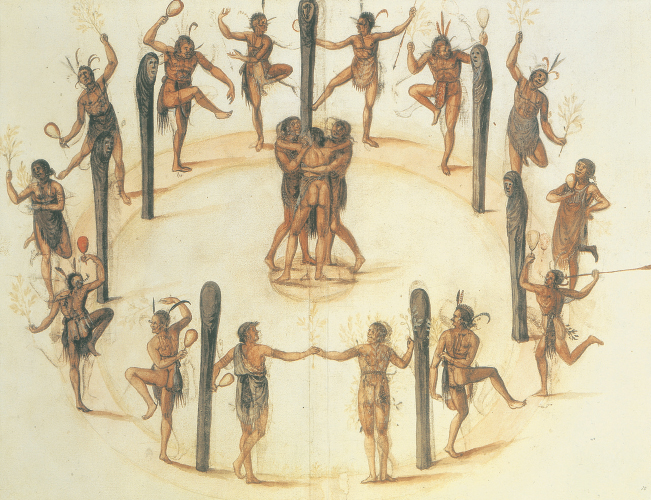Europe and the Spanish Example.
Printed Page 46 Chapter Chronology
Europe and the Spanish Example. The lessons of sixteenth-century Spain were not lost on Spain’s European rivals. Spain proudly displayed the fruits of its New World conquests. In 1520, for example, the German artist Albrecht Dürer wrote in his diary that he “marveled over the subtle ingenuity of the men in these distant lands [of New Spain]” who created such things as “a sun entirely of gold, a whole fathom [six feet] broad.” But the most exciting news about “the men in these distant lands“ was that they could serve the interests of Europeans, as Spain had shown. With a few notable exceptions, Europeans saw the New World as a place for the expansion of European influence, a place where, as one Spaniard wrote, Europeans could “give to those strange lands the form of our own.”
France and England tried to follow Spain’s example. Both nations warred with Spain in Europe, preyed on Spanish treasure fleets, and ventured to the New World, where they too hoped to find an undiscovered passageway to the East Indies or another Mexico or Peru.
In 1524, France sent Giovanni da Verrazano to scout the Atlantic coast of North America from North Carolina to Canada, looking for a Northwest Passage (see Map 2.2). Eleven years later, France probed farther north with Jacques Cartier’s voyage up the St. Lawrence River. Encouraged, Cartier returned to the region with a group of settlers in 1541, but the colony they established — like the search for a Northwest Passage — came to nothing.

English attempts to follow Spain’s lead were slower but equally ill-fated. Not until 1576, almost eighty years after John Cabot’s voyages, did the English try again to find a Northwest Passage. This time Martin Frobisher sailed into the frigid waters of northern Canada (see Map 2.2). Like many other explorers mesmerized by the Spanish example, Frobisher believed he had found gold. But the tons of “ore” he hauled back to England proved worthless, and English interests shifted southward to the giant region on the northern margins of New Spain.
English explorers’ attempts to establish North American settlements were no more fruitful than their search for a northern route to China. Sir Humphrey Gilbert led expeditions in 1578 and 1583 that made feeble efforts to found colonies in Newfoundland until Gilbert vanished at sea. Sir Walter Raleigh organized an expedition in 1585 to settle Roanoke Island off the coast of present-day North Carolina. The first group of explorers left no colonists on the island, but in 1587 Raleigh sent a contingent of more than one hundred settlers to Roanoke under John White’s leadership. White went back to England for supplies, and when he returned to Roanoke in 1590, the colonists had disappeared, leaving only the word Croatoan (whose meaning is unknown) carved in a tree. The Roanoke colonists most likely died from a combination of natural causes and unfriendly Indians. By the end of the century, England had failed to secure a New World beachhead.
